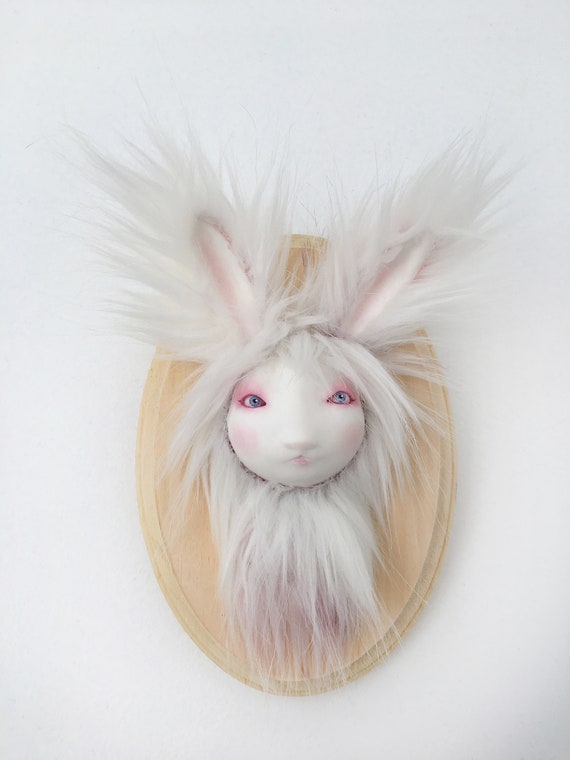

Mark the bottom of the cup with a pencil. Place you cup so that the top lines up with the long side of a piece of brown Construction Paper. Glue the paper inside the cup, so the slits stick and look like grass. The slips should be approximately half inch apart, as shown. Fold the green strip in half a couple of times and cut slits about halfway down. Ky, and Coo in the Di Gi Charat franchise not to do so.Cut a strip from the short side of a piece of green Construction Paper. Rabi~en~Rose does not end her sentences with a rabbit sound (typically pyo in anime) and is the only character with kemonomimi animal traits other than Rik.

Her parents left her to live on her own in an attempt to help her become an idol. In the original anime, she is seen as a normal girl who uses dice to transform into her bunnygirl outfit: a pink, white and red dress with large white rabbit ears and a large round cotton tail. Her name is also meant to resemble the famous Japanese pop singer, Hikaru Utada. Her "Usada" surname also is a pun, as the "Usa" part is a shortening of the word "usagi", which means "rabbit" in Japanese.

Her real name is Hikaru Usada, which she hates being called. "Rabi" which resembles the English word "rabbit" replaced "La vie" to form a pun to mean "Rabbit in life without worries", which suggests her personality. The Japanese expression "spend a life in rose-pink" means to spend a life without any worries.

"Rabi~en~Rose" may be a play on the common French saying "La Vie en Rose" which means "life in rose-pink". Her name was decided following a request for reader submissions, and may be a play on a number of things. Rabi~en~Rose (ラ・ビ・アン・ローズ), also known by her real name, Hikaru Usada (うさだ ヒカル) is revealed to the viewer to be Dejiko's rival. Michelle Ruff (1999 series, Leave It To Piyoko!)


 0 kommentar(er)
0 kommentar(er)
